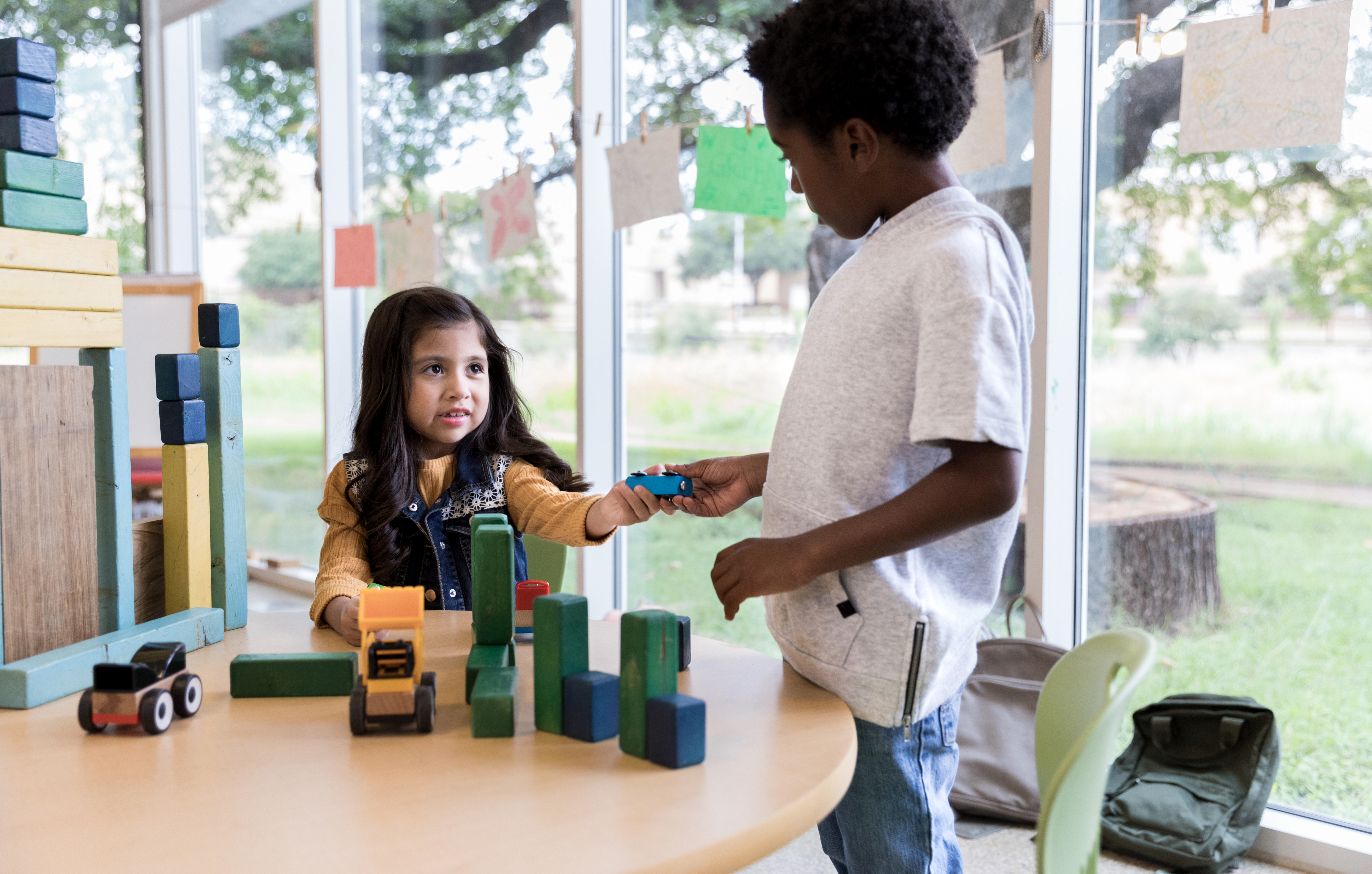Inclusive learning
Applying differentiation
Differentiation allows you to respond positively to the individual and group needs of your children, enabling them all to achieve. The same child may need different types or levels of differentiation across different curriculum areas. For example, a child may excel in Mathematics but have difficulty with throwing and catching.
Differentiation also increases children’s motivation to learn because their needs are being met. Where differentiation is not used, children can become frustrated, demotivated, and could fail to achieve because they are unable to access the curriculum and the learning opportunities.
You can use differentiation whenever and wherever it is necessary to make modifications to help children to access the curriculum. Examples include:
- Differentiation in outdoor play. For example, by asking different children to catch different-sized balls depending on their hand-eye coordination skills.
- Asking different children different types of questions about a story. These could include closed questions requiring short specific answers, or open questions that require thought and explanation.
There are numerous differentiation strategies that you can use to help children access the curriculum. Examples of these strategies are listed in the table below, and are supported with examples to explain how they can be included in your teaching:
Strategy |
Teaching Example |
|
GroupingandPeer Support |
 |
Using different groupings For example, ask children with different competencies to work together. Children who need more support can gain ideas and skills from others, while other children can develop their own understanding by explaining their ideas to others. |
Resources,
|
 |
Varying the activity or outcome For example, provide directed resources or a choice of resources that enable children to choose according to their confidence level. Alternatively, you could provide an additional challenge to children who complete a task more quickly, to deepen their understanding. For example, if a child finishes building a tower with blocks before the other children, you can ask them to repeat the task using their less dominant hand as well as their dominant hand. It is important here to deepen the child’s understanding or skill level rather than extending them vertically by giving them a learning statement from the stage above. |
Modelling,
|
 |
Varying the amount of adult support For example, tailor your questioning to different learners to support their thinking. For example by asking open or closed questions, which require short, specific, answers or answers that require thought and explanation. Some children may require additional guidance and prompting during an activity, while others may be able to work independently once the activity has started. |
You can use differentiation across all of the curriculum areas. Each of the example activities in this downloadable pdf relates to a learning statement from a different curriculum area and demonstrates differentiation strategies which are then summarised at the end of the activity. The activities include indoor and outdoor contexts to exemplify differentiation in different areas of the learning environment. It also includes detailed examples of how differentiation can be applied to meet varying needs across different curriculum areas.